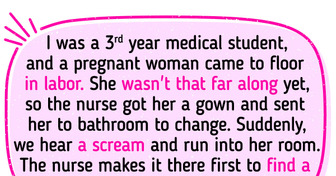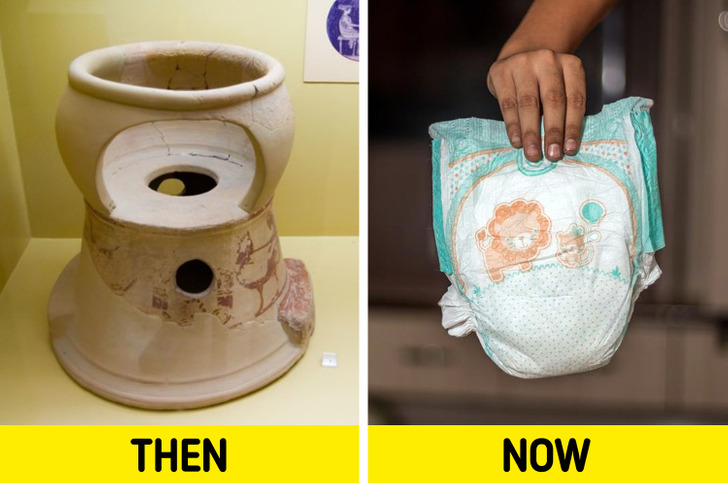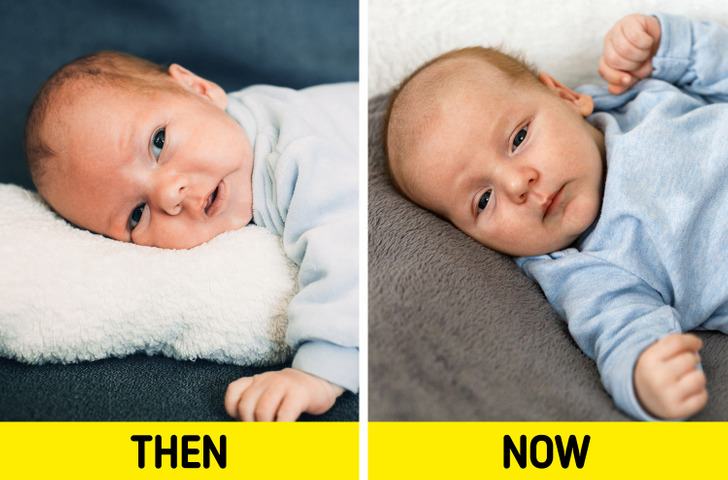they used so many toxic substances in the past
12 Facts That Prove Parenting Today Is the Complete Opposite of What It Used to Be
As a popular saying goes, “It takes a whole village to raise a child.” And really, taking care of a child and knowing that this is totally dependent on you sounds quite overwhelming. That’s why recommendations, books, and experts on the subject are never lacking, and as we can see, they have evolved from a couple of decades ago to the present day. Stay tuned for the parenting advice from 1928 at the end of the article.
1. Babies were toilet-trained shortly after birth.
In the early twentieth century, parents were encouraged to start toilet training their children when they were a few weeks old so that when they were able to sit up, it would be more consistent.
Disposable diapers had a significant influence on delaying the age for potty training a baby, since previously, as cloth diapers were used, this learning started when the little ones were between 12 and 18 months old. It should be noted that pieces and drawings have been found that show the use of potties as early as ancient Greek times.
2. Newborn babies were bathed in lard.
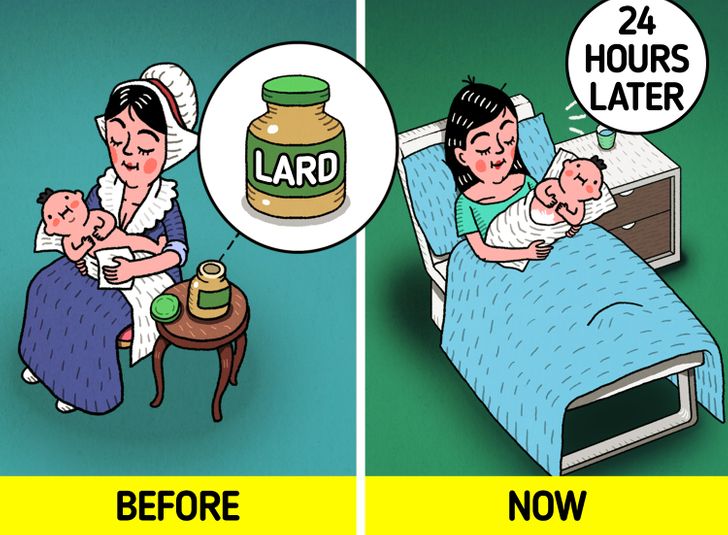
In a book with advice for mothers published in the mid-nineteenth century, they recommended bathing the newborn to remove the pasty substance that covered its skin, otherwise known as vernix caseosa. After the body was well-smeared and gently rubbed with lard or oil, the baby was washed with a sponge, soap, and warm water.
Nowadays, the recommendation is to bathe babies 24 hours after birth to maintain their body temperature so that the mother can start breastfeeding as soon as the baby is born. In addition, this substance that covers the baby’s body should not be removed since it serves as a protective layer.
3. Bedtime recommendations have changed dramatically.
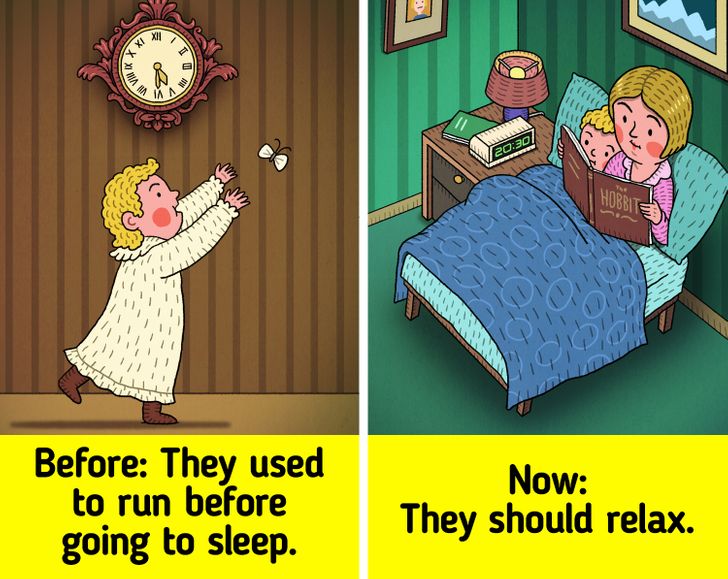
In the aforementioned book, it was recommended that children go to sleep at 6 p.m. in winter and 7 p.m. in summer. If they did it any later, the author indicated that the little ones would grow old before their time and the “seeds of disease” would be “sown.” It was also recommended to make them run half an hour before going to sleep to warm their feet, to avoid chilblains, and to sleep soundly. In contrast, children are now advised to relax a couple of hours before bedtime in preparation for sleep.
4. Arsenic was unknowingly kept near babies.
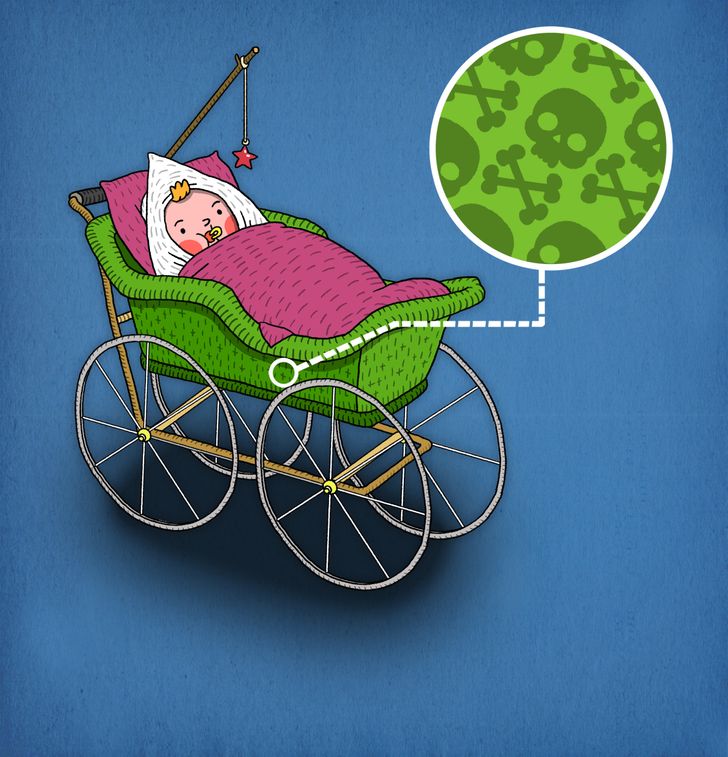
In the Victorian era, an artificial dye of a beautiful emerald green shade was in vogue, which was very eye-catching. It became prevalent in a variety of items, such as wallpaper, dresses, artificial flowers, and even baby strollers. The problem was that the raw material to obtain this shade was arsenic, a highly toxic substance.
5. Breastfeeding was frowned upon, and later people had “somewhat different” ideas about it.
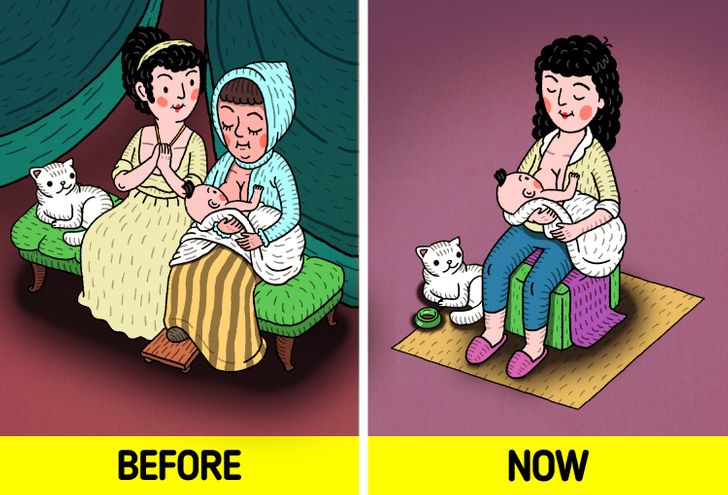
During the Renaissance, it was uncommon for aristocratic women to breastfeed their babies, as it was considered unfashionable. In addition, they were concerned about ruining their figure, not having a social life, and not being able to wear the clothes of the time. Therefore, they usually employed a wet nurse to fulfill this task, as it was more economical to have someone take care of the babies rather than a person to replace the mistress of the house in her duties.
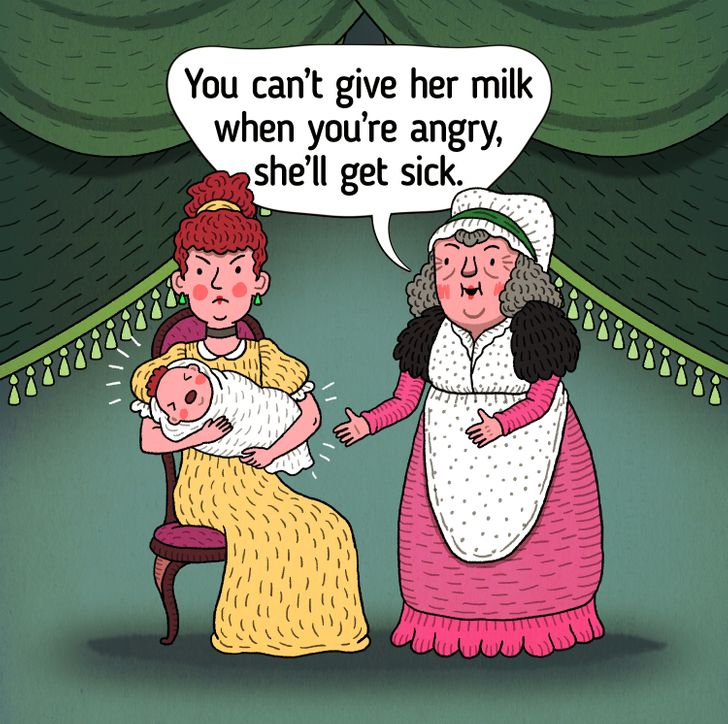
As early as the beginning of the last century, it was said that if a mother breastfed while angry or very worried, it could cause colic, convulsions, or some other sudden illness in her child.
In another text from the end of the nineteenth century, as advice for young wives, they recommended mothers not to extend breastfeeding beyond 9 months since doing so could cause brain diseases in children and deafness or blindness in mothers.
6. They painted their fingers with quinine.
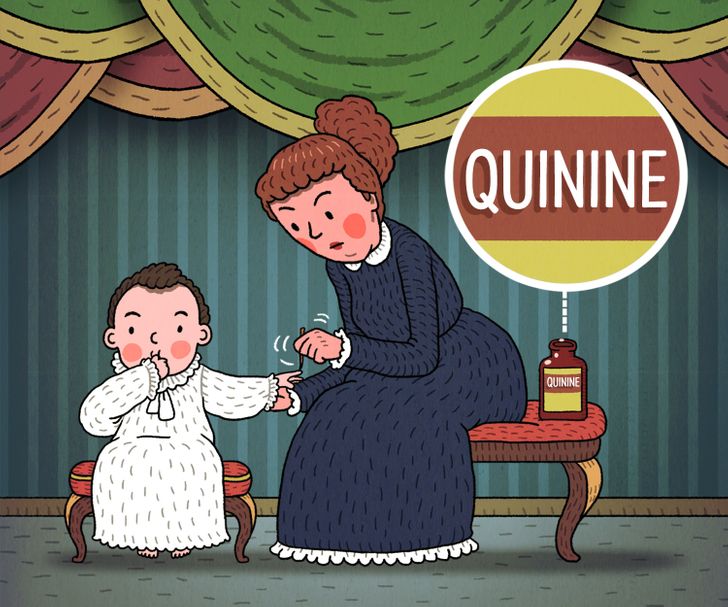
7. They avoided being overly affectionate with children.
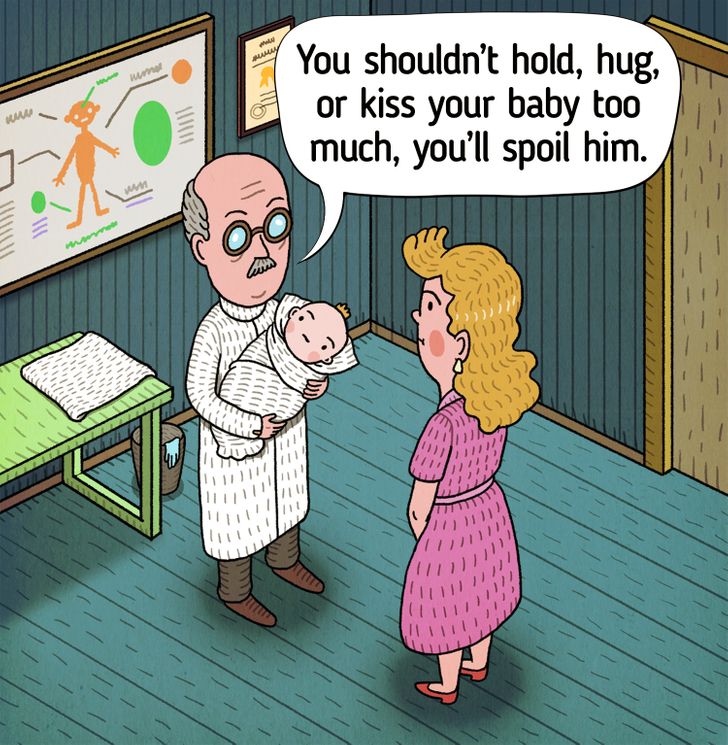
A book published by the renowned psychologist, John B. Watson, in 1928, had a chapter entitled “The Dangers of Excessive Maternal Love,” and it was quite blunt in its indications, which included never hugging or kissing children. At that time, it was believed that if a baby was cared for too much, it would be spoiled and its character would not be properly forged.
8. They began to eat solid foods a few weeks or even days after birth.
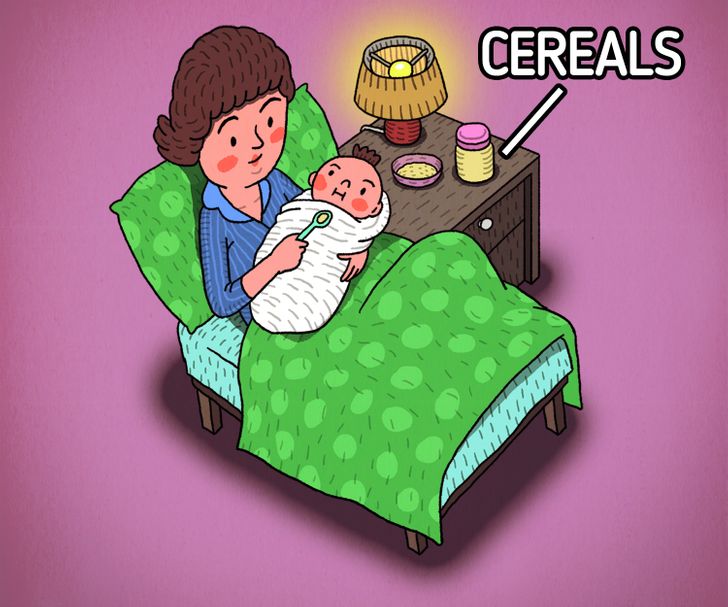
A study on infant feeding in the postwar era recommended that mothers start feeding solids to their infants at 6 weeks of age and combine formula with packaged baby foods.
In another book published in the early 1960s, a doctor indicated that 2-day-old babies could be given cereal and also recommended giving them “grown-up drinks,” such as tea or coffee, from 6 or 7 months onward so that they could become accustomed to regular family food.
9. They couldn’t be left-handed.
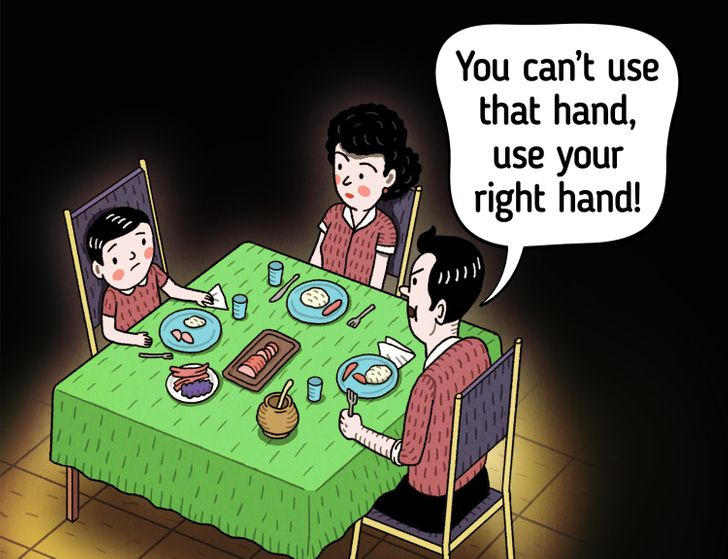
Also in the early twentieth century, children or infants who showed signs of being left-handed were forced to use their right hand for activities, such as eating and writing. It was thought that if a child chose to use his or her left hand, it was a reflection of a defiant personality, which could be corrected by forced change. They were even threatened with punishment, such as tying their left hand when they tried to use it.
10. When traveling, they recommended carrying babies in a basket or in a kind of hammock for vehicles.
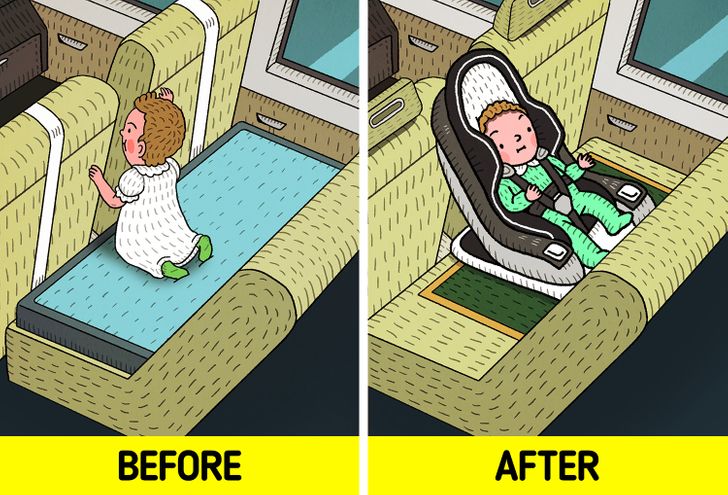
Baby car seats are something relatively new, so we are not surprised that in the 1930s parents were using something that looked very similar to a shopping basket attached to the car seat. As early as the 1960s, we can see a catalog that advertised a kind of hanging platform to place the baby in, which was located in the back seat so that the baby could move and play freely.
11. Special accessories were available to hang babies from windows and allow them to sunbathe.
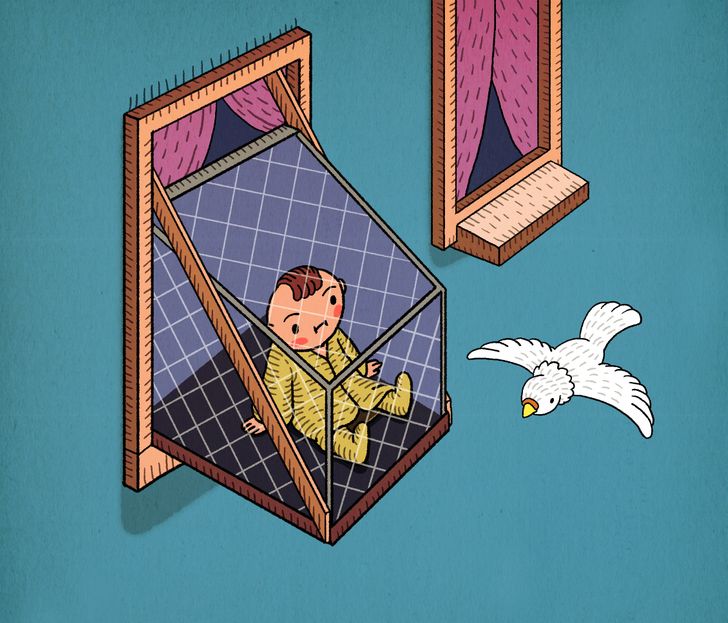
At the beginning of the twentieth century, due to tuberculosis, mothers were advised to keep their children in open, ventilated, sunny places for as long as possible. In response to this, baby cages were created for families living in buildings, accessories to practically hang the children in the windows so that they could take sunbaths and enjoy the fresh air.
12. Babies had to sleep on their stomachs.
Between 1970 and 1980, child-rearing experts recommended that babies sleep on their tummies, indicating that it was the safest position for them, but they were unaware that this way of sleeping could cause sudden death in small babies. In 1994, a campaign was launched to literally turn the situation around and encourage babies to sleep on their backs, thus reducing the number of cases to less than 50%.
Bonus: parenting advice from 1928
“Never hug and kiss them, never let them sit in your lap. If you must, kiss them once on the forehead when they say good night. Shake hands with them in the morning.”
Have you heard about these old recommendations and practices? Do you have any habits related to child-rearing that may be striking to others?
Comments
I'm happy I was born in modern times haha
Related Reads
15 Photos That Show the Ups and Downs of Being an Instagram Husband
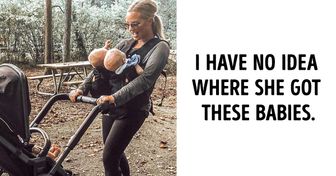
10 Types of Advice That Only Narrow-Minded People Can Give

14 Messages From Parents Who Can Put Their Kids in Their Place With One Genius Phrase

11 Cartoons That Contain Moments Not Meant for Kids’ Eyes

14 Celebs Who Found the New Version of Themselves

16 People Who Ordered Food and Were Flabbergasted With the Results

15+ Times the Universe Gave People a Reason to Smile

I Refused to Let a Family Tragedy Ruin My Wedding Day
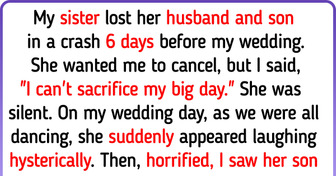
Jennifer Aniston Debuts New Look and Stirs Online Debate, “Looks So Much Better”

My MIL Secretly Insulted Me for Years, So I Recorded Her — My Husband’s Reaction Was Priceless

I Kicked My Friends Out of My Home After Their Daughter’s Tantrum

8 People Who Witnessed Unusual Sights That Defy Any Logic
